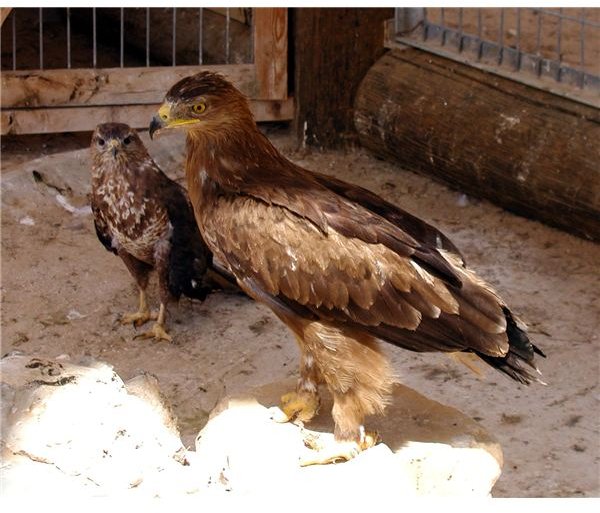Birds of Prey: Identification Tips
Raptors
Bird of prey identification relies on the ability of the birdwatcher to identify, clearly and competently, the eight different raptors by several distinct characteristics. These characteristics include wing shape and size, tale shape and size, head shape, coloring and markings. For instance, identification of the Bald Eagle is easy because of its size and the distinct white head and tail with black wings. The only other bird with a white head and black wings is the Great Black-Backed Seagull, which has a very different wing shape.
Eagles
One of the largest of all raptors, eagles are majestic and awe inspiring. In the United States, there are two eagles, the <em>Bald Eagle</em> and the Golden Eagle. Both birds nest high in trees or on cliffs. They eat snakes, rodents, and fish.
Characteristics of the Golden Eagle are
- 6 1/2 - 7 1/2 foot wing spread
- gold colored feathers
- broad white tail band on immature birds
- legs feathered to toes
Characteristics of the Bald Eagle are
- large white head
- black wings with a spread of 71/2 feet
- leg feathers stop half way down leg
- broad wings with clear fingering
- large hooked beak
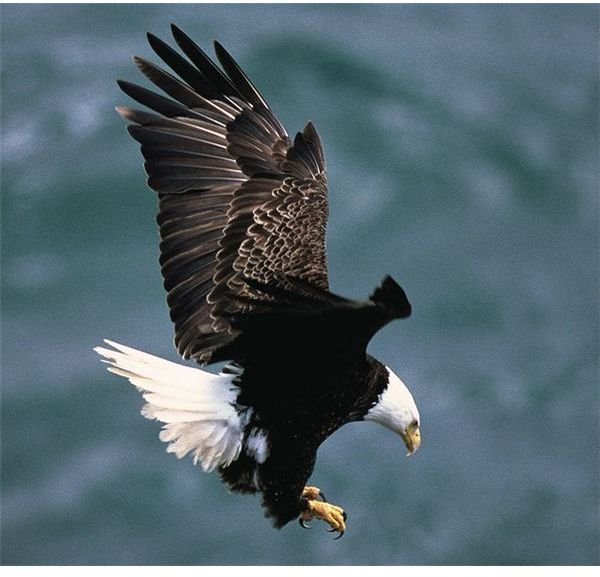
Falcons, Hawks, Kites and Osprey
Many people lump falcons, hawks, kites and osprey under the title of hawks; however, these raptors are very different in shape and size.
Falcons, such as the <em>Peregrine Falcon</em>, have a short wingspan of about two to three feet. Their wings when spread are pointed. Peregrines usually nest on cliffs near water but have adapted to the encroachment of cities by building nests on the sides or tops of skyscrapers. Peregrines are the birds trained throughout history for hunting.
The American Kestrel is another common falcon. Kestrels are much smaller with a wingspread of approximately 24 inches. They have colorful feathers around their head. Kestrels are cavity nesters, building nests in hollow trees, and holes in cliffs and even fabricated nesting boxes.
Hawks are the most commonly seen raptor in the United States. These raptors are fond of hunting near fields, along highway green areas and near farmlands. Hawks have broad wings with definite fingering at the ends. Their wing spread ranges from around 2 1/2 to 4 feet.
The easiest hawk to identify is the Red-tailed Hawk, with its mahogany red tail. Other common hawks found in the U.S. are the Goshawk, Cooper’s Hawk, and the Northern Harrier, as well as the Red-shouldered and Broad-wing hawks.
Ospreys, which are also known as sea hawks, nest along the shore of rivers and the ocean. Osprey, unlike eagles, dive into the water to catch their prey.
Kites are not common across the United States. There are three groups, each with their own territory: The Swallow-tailed found in the southeastern U.S., the Mississippi Kite, found in the Gulf coast and Mississippi River and the White-tailed Kite found along the southwest. Kites have forked or split tails, long, pointed wings and nest in colonies. They eat small birds, reptiles and amphibians. Their wingspan is approximately three to four feet long.
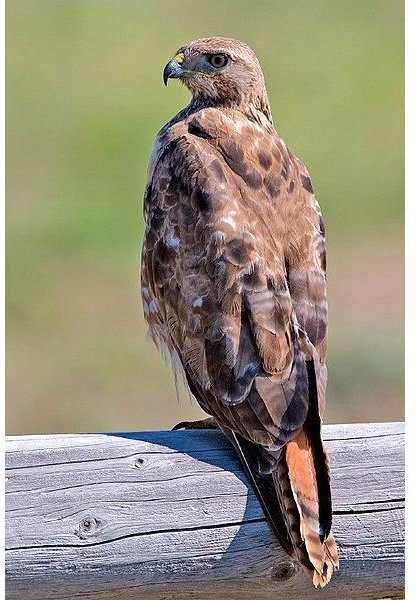
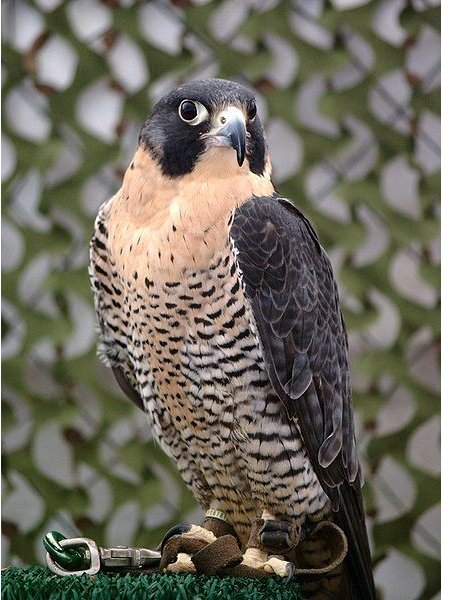

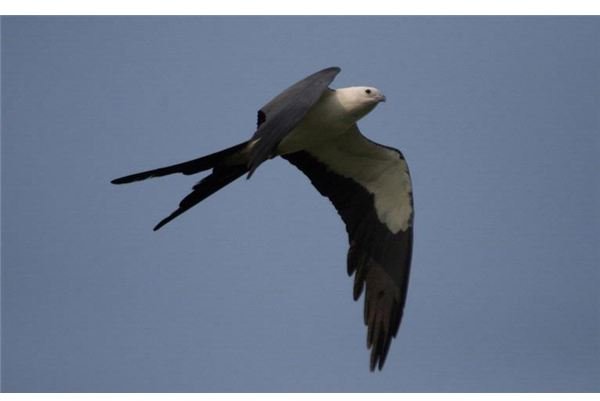
Owls and Vultures
Owls in the United States range in size from the large Great Horned and Snowy Owls to the small Northern Pigmy Owl. Owls are historically symbolic of wisdom as well as the unseen dimensions in many cultures.
Owls rotate their heads 270 degrees in either direction and have extremely good hearing along with the ability to see clearly in the dark. Owls’ feathers create little to no noise, enabling them to fly silently after their prey at night. Owls do not build their own nests, rather, they will enlarge an abandoned nest of a hawk or squirrel. Some smaller owls claim nests built by woodpeckers or squirrels in hollow trees. We find owls in woodlands, mountains, desserts, farmland and even cityscapes.
Barn Owls are a blessing to farmers because of their appetite for rodents. Barn Owls received their name from their habit of nesting in barns. The tiny Screech Owl, on the other hand, prefers the abandoned nests of woodpeckers, while the Great Gray Owls make their nests in tree stumps or sometimes on the ground.
Vultures are the most maligned of the raptors. Euro-Americans’ distain for these majestic birds comes from the raptor’s association with death. However, Native Peoples see the vulture as sacred also because the raptor eats carrion.
Vultures, because of their long wingspan and small bodies, cannot fly once they have eaten, which is why they are portrayed sitting around the bones of the dead. After their meal has digested, which is sometimes several days later, they are able to fly to other locations. The acid in a vulture’s stomach is the only thing known to kill completely viruses and bacteria, another reason these birds earn the respect of Native Peoples.
The Turkey Vulture often rides the air currents around highways across the U.S. Black Vultures inhabit the southern most U.S., while the California Condor, which is almost extinct, is found in a small area of the west.
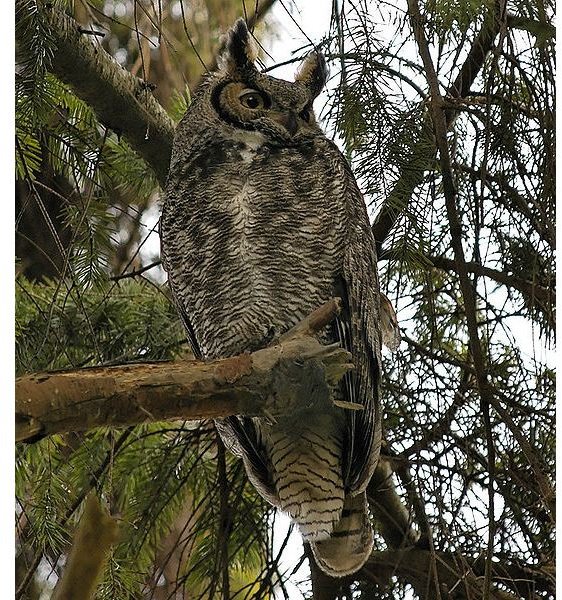

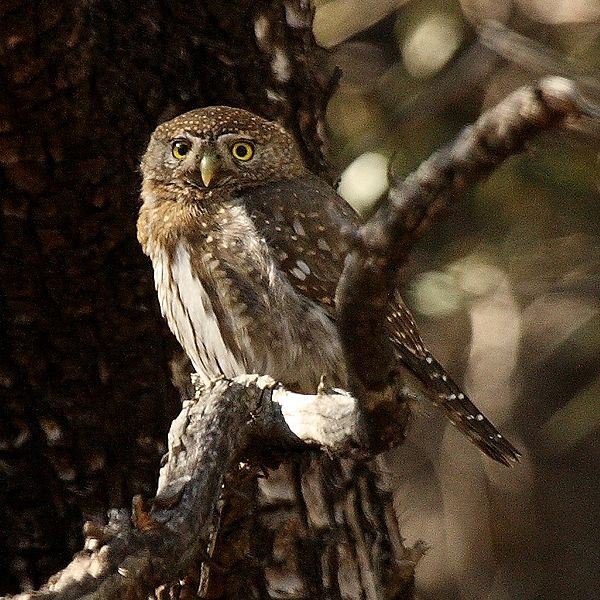

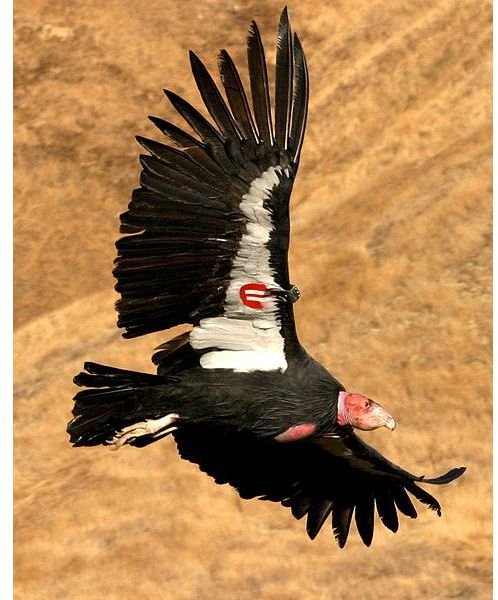
Secretarybird
The last of the raptors is the Secretarybird. Its habitat is the African savannas. The Secretarybird’s tufted head, long tail and legs make it the easiest of the raptors to recognize. Nesting in low trees, the Secretarybird kills its prey with a quick kick of its foot.
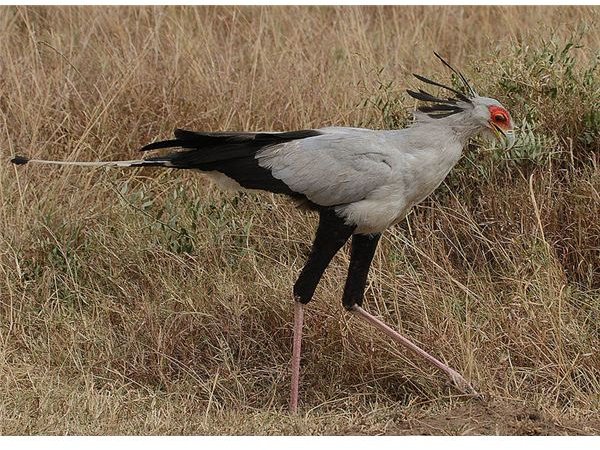
Thanks to diligent conservation, the world continues to benefit from birds of prey. Identification of these powerful, useful and majestic creatures is essential for their preservation. Knowing their habitats, habits and necessity in the food chain enables people to be mindful of their presence in our lives.
Resources/References
Some content from author’s experience.
Peregrine Fund: Explore Birds of Prey - https://www.peregrinefund.org/explore_raptors/index.html
Photo Credit:
- Golden Eagle by Michael Baranovsky under GNU License/Creative Commons License on Wikimedia Commons
- Bald Eagle by Dave Menke under Public Domain on Wikimedia Commons
- Red-Tailed Hawk by https://www.naturespicsonline.com under Creative Commons License on Wikimedia Commons
- Peregrine Falcon by Carl Mueller under Creative Commons License on Wikimedia Commons
- Osprey by John Mosesso, Jr under Public Domain on Wikimedia Commons
- Swallow-tailed Kite by Joe Nicholson under Creative Commons License on Wikimedia Commons
- Great Horned Owl by brendan.lally under Creative Commons License on Wikimedia Commons
- Snowy Owl by Tony Hisgett under Creative Commons License on Wikimedia Commons
- Northern Pygmy Owl by dominic sherony under Creative Commons License on Wikimedia Commons
- Turkey Vulture by DixitDominus under Creative Commons License on Wikimedia Commons
- California Condor By Pacific Southwest Region U.S. Fish and Wildlife Service under Creative Commons License on Wikimedia Commons
- Secretarybird by Steve Garvie under Creative Commons License on Wikimedia Commons
